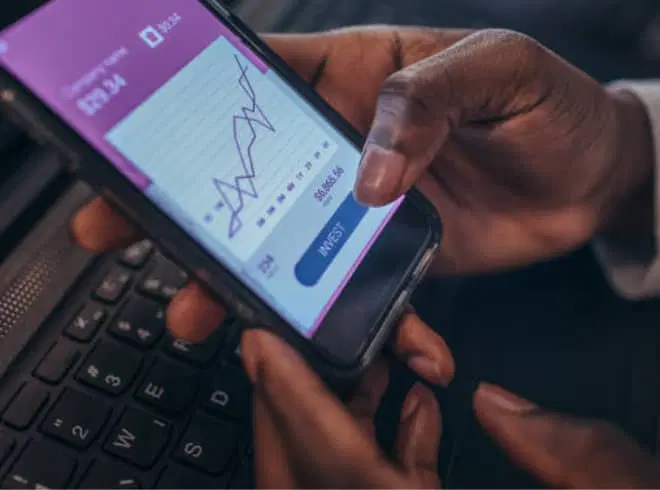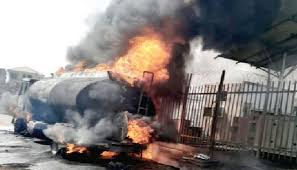The price of Liquefied Petroleum Gas (LPG), popularly known as cooking gas, has refused to drop despite promises from marketers that it would soon return to its pre-October level of ₦950–₦1,000 per kilogram. A market survey across Lagos yesterday revealed that most gas stations still sell between ₦1,200 and ₦1,400 per kg, depending on the location.
At Gasland in Igando and Mac Rich Gas Plant in Cele-Okota, cooking gas sold for ₦1,200 per kg, while some outlets in Surulere and Ikeja sold for as high as ₦1,400. Many operators, speaking anonymously, lamented that they sold the same product for ₦900 just last month but are now forced to raise prices due to supply constraints.
Further investigations showed that wholesalers buying in bulk quantities of 150–200kg pay ₦1,104 per kg. This price difference, they said, often adds pressure on retail prices.
In a phone interview, the outgoing President of the Nigerian Association of Liquefied Petroleum Gas Marketers (NALPGAM), Mr. Olatunbosun Oladapo, attributed the sustained high prices to supply backlogs, refinery maintenance, and logistics challenges. However, he assured that relief may come soon with Seplat Energy’s gas entering the market, alongside increased production from Dangote Refinery and other infrastructural investments.
Oladapo also spoke during the association’s 38th Annual General Meeting, noting that LPG consumption in Nigeria had grown from 900,000 metric tonnes in 2021 to 2 million metric tonnes in 2025, with projections to reach 3 million tonnes by early next year.
He credited this growth to increased private investment, stronger government collaboration, and wider public acceptance of gas as a cleaner energy option. According to him, with sustained policy support and continued partnership under the “Decade of Gas” initiative, Nigeria could achieve 6 million metric tonnes of LPG consumption in the near future.
Despite this optimism, many Nigerians remain worried about the current prices. For low-income families already battling inflation, the rising cost of cooking gas has made basic domestic energy a growing burden.




















